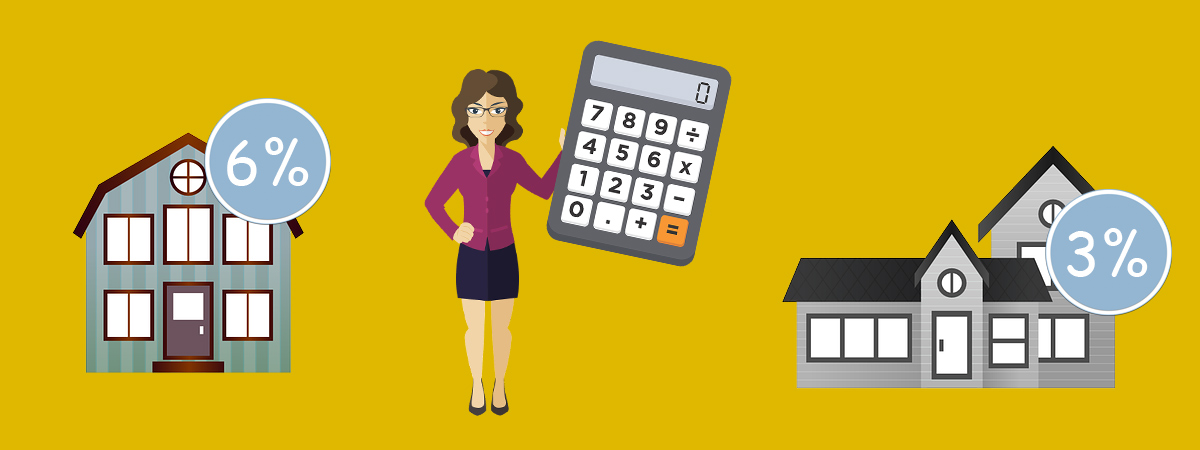
Generally speaking, a landlord’s main concern should be buying a property which provides the best ROI (Return On Investment). Perhaps an important aspect many novice landlords don’t pay enough attention to, as they’re often too busy focusing on superficial qualities. don’t get me wrong, I totally get it. And of course, looks matter.
However, it’s imperative to remember why you’re buying a BTL property in the first place – to make money! That means the objective is to purchase a property that offers the best return (or at least, a good one).
Trust me, if the figures stack up, you’ll love whatever pile of rubble is filling up your bank account, even if it’s an eyesore in the arse-end of nowhere.
So how do we work out which rental property will offer the best return? We calculate the Yield.
As a landlord, or more specifically, a new/upcoming landlord, have you ever been torn between multiple properties? I have. And so has John.
For example, John wants to be a landlord, so he’s on the hunt to buy a suitable property to rent out. John has seen 2 properties he likes. Property 1 costs 150,000 with a potential rental return of £600pcm. Property 2 costs £180,000 with a potential rental return of £775pcm. Which is the better buy?
If making money is John’s primary objective (which it almost certainly should be), then common sense dictates that the property with the highest rental yield should be the property in our cross-hair.
Table of contents
- What & Why Calculate Yield?
- How to Calculate Rental Yield (The Formula)
- What is a good Rental Yield?
- Rental Yield Calculator
- Best Rental Yields in UK
- How important is Rental Yield?
- Interested in buying a BTL and becoming a landlord?
What & Why Calculate Yield?
Yield is a way of calculating the ROI of your BTL investment.
The higher the yield, the better.
A low yield is no good.
In practical terms, yield is important for landlords because it determines the health of your business’s cash flow. We all want enough money coming in through the doors each month to cover our overheads, including those inevitable gut-wrenching maintenance issues that will reduce us into a sobbing baby.
There are different methods to calculating yield for a BTL investment, so you may get varying results depending on the formula used. But moreover, it’s important to note that when you calculate the yield will play a big role in the result you get, because the yield will change over time, and that’s because house prices, rental income and expenses are all changing variables.
Generally speaking, the yield for a BTL property investment is based on:
- Property purchase cost
- Current property value (which could be several years after purchase)
In our case, since we’re trying to determine whether a prospective property is a good investment or not, so our calculation will be based on the property purchase cost. So the formula we should use to calculate the yield: annual rental income minus annual running costs (e.g. insurance, mortgage interest payments etc), divided by the total amount invested to purchase the property (including all associated expenses e.g. stamp duty, legal etc).
The annual running costs will likely be based on guesstimates, but try to be as accurate as you can. They can include:
- Repairs and maintenance
- Ground rent and service charges (relevant for leasehold)
- Insurance
- Letting agency fees
- Utility bills payable by landlord
- Council tax
How to Calculate Property Investment Rental Yield (The Formula)
The formula:
i = investment
pc = purchase costs
mrr = monthly rental return
arc = annual running costs
Yield = (mrr*12 – arc)/(i + pc)*100
Rental Yield example 1
Investment (Property Price) = £150,000
Purchase cost (e.g. stamp duty, legal costs) = £10,000
Monthly rental return = £800
Annual running costs (e.g. letting agent, insurance etc) = £3,000
£150,000 + £10,000 = £160,000
£800 x 12 = £9,600
£9,600 – £3,000 = £6,600
£6,600 / £160,000 = 0.04125
0.04125 x 100 = 4.13 % Net Rental Yield
Rental Yield example 2
Investment (Property Price) = £225,000
Purchase cost (e.g. stamp duty, legal costs) = £17,500
Monthly rental return = £1200
Annual running costs (e.g. letting agent, insurance etc) = £6,350
£225,000 + £17,500 = £242,500
£1,600 x 12 = £19,200
£19,200 – £6,350 = £11,150
£11,150 / £225,000 = 0.0495
0.0495 x 100 = 4.96 % Net Rental Yield
Conclusion
Although Property 2 costs more to purchase, it actually provides a better ROI. However, once again, bear in mind that the yield will change over the duration of the investment for the reasons mentioned.
What is a good Rental Yield?
Many landlords consider anything above 5% a good yield, while others believe 8 is the magic number. But to be honest, it really depends on what you’d be happy with. It’s also worth remembering that the beauty of property is that it benefits from capital growth, which tends to be good at fighting inflation.
I personally believe any property which has a return yield of 6%+ is pretty sweet.
To make life easier (because that’s what I’m all about), you can use the calculator below to calculate your Rental Yield, whether it be for your current BTL, or a prospective investment…
Points to remember when calculating Rental Yield
While calculating the Rental Yield of a BTL property is relatively straight forward, there are a few points to consider:
- Void periods – ignoring void periods is a common mistake, and if you fall victim it can easily skew your calculations. When calculating the yield, bear in mind that it’s unlikely you will always have a occupied property for 12 months of the year, so the total income won’t always be 12 months x £Monthly rent. There maybe times where your property will experience void periods, whether it be in-between tenants or at the very beginning of your investment. So you may want to “stress-test” your calculations by using 11 months’ worth of rental income.
- Rent – If you’re in the midst of your research phase, and you don’t know how much rent your prospective investments can achieve, you can look on portals like Rightmove, Zoopla and Gumtree to see what other similar properties in the same area are demanding. Alternatively, you could talk to a local letting agent. However, bear in mind, the “asking price” isn’t always the amount achieved.
- Total costs – when calculating your yield, it’s important to use the real figures to get the most accurate calculations. So when using the total investment amount, it should include ALL your costs, which may include the following:
- Cost of property
- Tenant acquisition
- Insurance
- Mortgage product/arrangement fee
- Solicitor fees
- Survey fees
- Any other legal fees
- Cost of redecorating/maintenance
- Running costs during void periods (e.g. council tax, utility bills)
- Costs of furniture/white goods
- Be wary of yield calculations – when you hear agents or developers talk of yields they can often sound incredibly attractive, and this is when you should start asking questions. They often make their calculations based on basic cost of the property and essentially ignoring all the costs associated with buying the property (as per the list mentioned above), which obviously skyrockets the yield and makes the deal seem sweeter than it actually is! Buyer beware!
Best Rental Yields in UK 2018/2019
Totallymoney has published data on the highest buy-to-let yields in Q4 2018; they analysed data from 580,000 properties across England, Scotland and Wales.
While these are only averages, and don’t account for ‘special cases’, which include high-yielding individual gems, it does give a good indication where the highest yielding areas are.
| Location | Postcode | Average Rent (Monthly) | Average Asking Price | Rental Yield |
|---|---|---|---|---|
| Nottingham | NG1 | £1,525 | £152,631 | 11.99% |
| Liverpool | L7 | £941 | £115,398 | 9.79% |
| Cleveland | TS1 | £543 | £68,925 | 9.45% |
| Liverpool | L1 | £923 | £118,754 | 9.33% |
| Nottingham | NG7 | £1,187 | £160,269 | 8.89% |
| North East | NE6 | £834 | £118,789 | 8.43% |
| North East | NE1 | £1,095 | £161,035 | 8.16% |
| Sheffield | S2 | £853 | £125,483 | 8.16% |
| Southend-on-Sea | SS1 | £2,736 | £409,233 | 8.02% |
| Bradford | BD1 | £439 | £65,889 | 8.00% |
| Liverpool | L6 | £765 | £116,995 | 7.85% |
| Cleveland | TS3 | £431 | £67,489 | 7.66% |
| Liverpool | L5 | £668 | £104,893 | 7.64% |
| Sunderland | SR1 | £567 | £90,347 | 7.53% |
| Huddersfield | HD1 | £838 | £134,246 | 7.49% |
| Liverpool | L3 | £836 | £134,803 | 7.44% |
| Leeds | LS6 | £1,483 | £239,505 | 7.43% |
| Manchester | M14 | £1,265 | £214,848 | 7.07% |
| Doncaster | DN31 | £398 | £68,301 | 6.99% |
| Preston | PR1 | £845 | £147,076 | 6.89% |
| Manchester | M13 | £1,054 | £183,551 | 6.89% |
| Cardiff | CF10 | £1,024 | £178,667 | 6.88% |
| Sheffield | S1 | £727 | £127,297 | 6.85% |
| Aberdeen | AB11 | £660 | £116,110 | 6.82% |
| Liverpool | L2 | £854 | £150,663 | 6.80% |
How important is Rental Yield?
Haven’t you been being attention? It’s critical!
Essentially, you want a good yield to make your investment worthwhile, because not only will it put more cash in your pocket, but it will also be more resilient during economic downturns!
However, I do want to stress that the best rental properties to invest in strike a balance between yield, location, rental demand and capital growth (based on data)!
For example, if I had a choice between a property with a 8% rental yield in a shitty area with high crime rates and a property with a 7% rental yield in a good area, I’d go for the latter all day long.
Find the balance by taking into consideration all the essential factors!
So, what you got? What’s your Yield?
Interested in buying a BTL and becoming a landlord?
I would be remiss to check out of here without pointing all wannabe landlords towards my ‘Ultimate Guide For New & First-Time Landlords‘. Long story short, it’s a 100+ page blueprint on how to be a landlord, covering A – Z, including tips, advice, legal crap, how to find and manage tenants etc. It’s all there. Plus more.
It’s free to download, so go ahead and grab your copy from here. If you want.
Disclaimer: I'm just a landlord blogger; I'm 100% not qualified to give legal or financial advice. I'm a doofus. Any information I share is my unqualified opinion, and should never be construed as professional legal or financial advice. You should definitely get advice from a qualified professional for any legal or financial matters. For more information, please read my full disclaimer.


 Landlord Products / Services
Landlord Products / Services










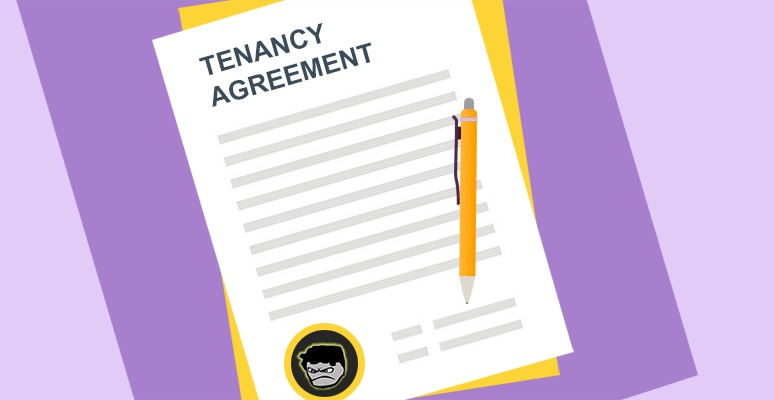

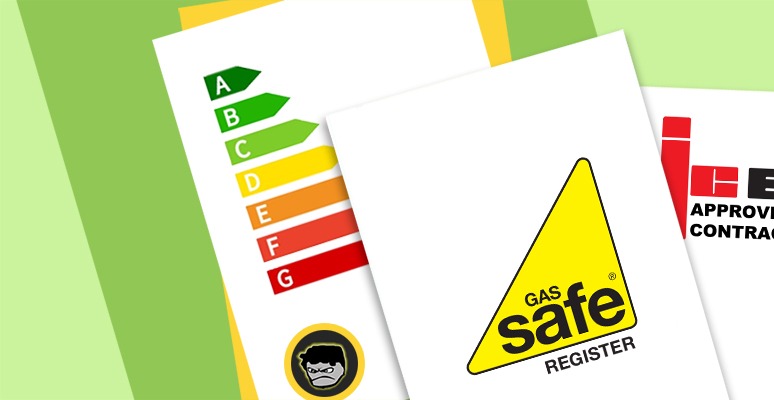
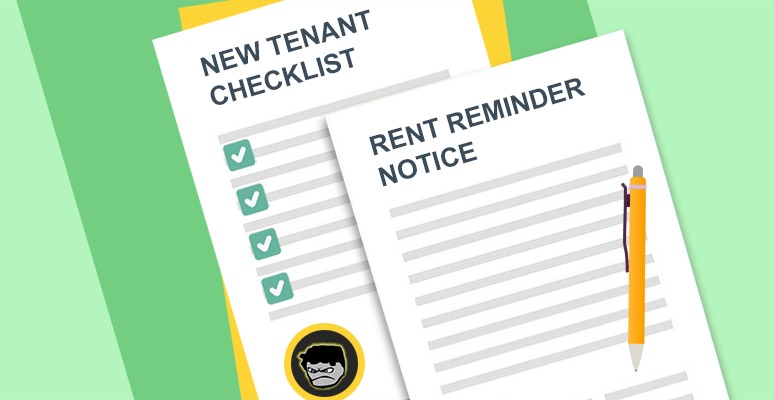
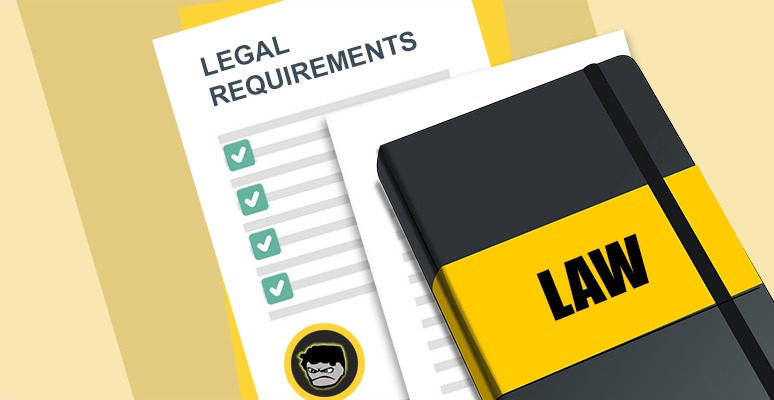
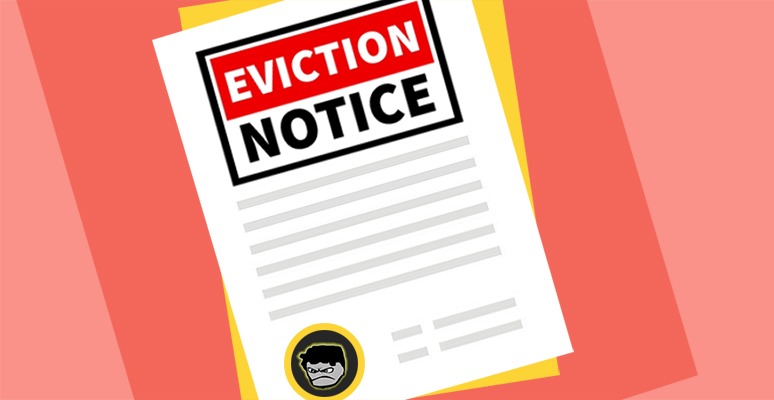
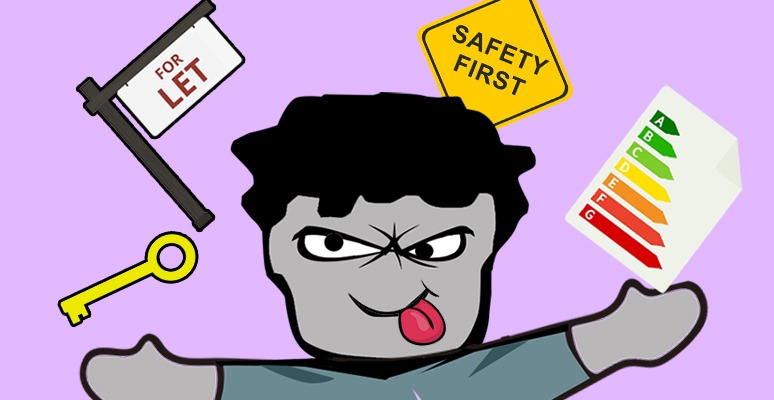











Hello Colin:
I drafted a ludicrously long reply to your kind message, but it seems to have gone MIA. No loss, I say, because it repeated most of the points I've tried to make in previous nerve-racking posts. If it does appear, I apologize for appearing to wonk too loudly!
If it doesn't appear, I would like to make one point, again. Deep down, financial analysis is dead simple, the simpler the better. In a separate post, Emma praises the property investment calculator. I'm happy for her if she likes it, but she simply doesn't need all that clever-sounding stuff to know whether she's made a wise investment or not. It confuses simple issues when clear thinking based on reliable data is what's most needed.
You are right to be concerned about the risk/reward ratio of BTL. With many exceptions, the risks are usually underestimated and the rewards overestimated. We hear about BTL investors who crow about their successes but seldom hear from the many who lose their shirts!
Wishing you a happy and prosperous New Year, I must emphasize that I'm not qualified nor authorised to give investment advice. Please be especially wary of anyone who says they are, and never, ever, buy an investment asset from someone who's trying to sell one to you. If it's as good as they claim, why do they want to sell it?